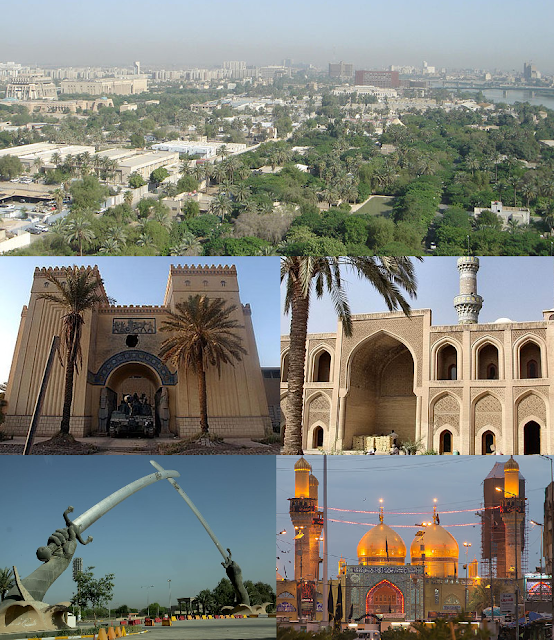In late October 2016, the pan-Gulf superstar, Balqees Fathi, released a video clip for the song “Wyak Khidhni", combining several countries’ popular and traditional cultures in one clip, representing the current state of cultural pan-Arabism. In this clip, the Emirati-born, Yemeni-origin, Saudi-married Balqees, presents six scenes representing the most important Arab sub-cultural stereotypes. The clip begins as her husband leaves her for the weekend and leaves her stuck at home with their two sons. Before she can turn around, the kids are missing from the couch and “kidnap” her into a dream. The first stop in this dream is in Egypt, where Balqees works as the sassy “Bint al-Beled” (Daughter of the Country) in a neighborhood cafe. In the next scene, she is whisked off to the Maghreb, in full Moroccan style dress and decor. Before we know it she is in the Gulf, wearing a Kuwaiti-style Burga’ for a split second, at a Kuwaiti-style Majlis preparing tea for her “men”, in the traditional way over a coal fire, before they break into a short eight-count of Khaleeji style footwork and hair flips.
Between short interludes of Khaleeji style and Egyptian Stick or ‘Assaya dancing by the boys, we get to a Shaami-style BBQ, complete with a French-style chef and roasted rubber duckies. We are then taken to the land of the song’s dialect, Iraq, to a Baghdadi cafe. Balqees dresses in drag as a young Iraqi boy from yesteryear sipping on tea and cheering on a sports match. Finally, in an homage to her father of Yemeni descent, the last Arab cultural scene is a traditional Yemeni wedding, complete with Yemeni dress, jewelry and dagger dance. In a final, somewhat random scene before being brought back to reality from the dream, is a modern dance party complete with electric guitar and a rave audience.
Balqees represents a new style of the young Arab pop star. In this clip, she is not provocatively dressed, she has no musclebound Turkish or Lebanese model love interest and is in keeping very much in line to the social and culturally created norms of society while still being innovative, artistic and fun. While the lyrics are simple and catchy, they are not foolish. Balqees knows her audience on several levels. As one of the most prominent wedding singers in the Gulf, Balqees’s immediate audience is young Gulf youth, especially girls. While the boys go to her public concerts all over the Gulf for national festivals and concerts, it is the girls who hire her to perform at their weddings. On the grander scale of the audience is the pan-Arab connection.
This relatively short clip represents the current state of cultural pan-Arabism and cross-cultural exchange on a pop culture stage. Here is the link to the video:
https://www.youtube.com/watch?v=z0Srp-n6C888
https://www.youtube.com/watch?v=z0Srp-n6C888




